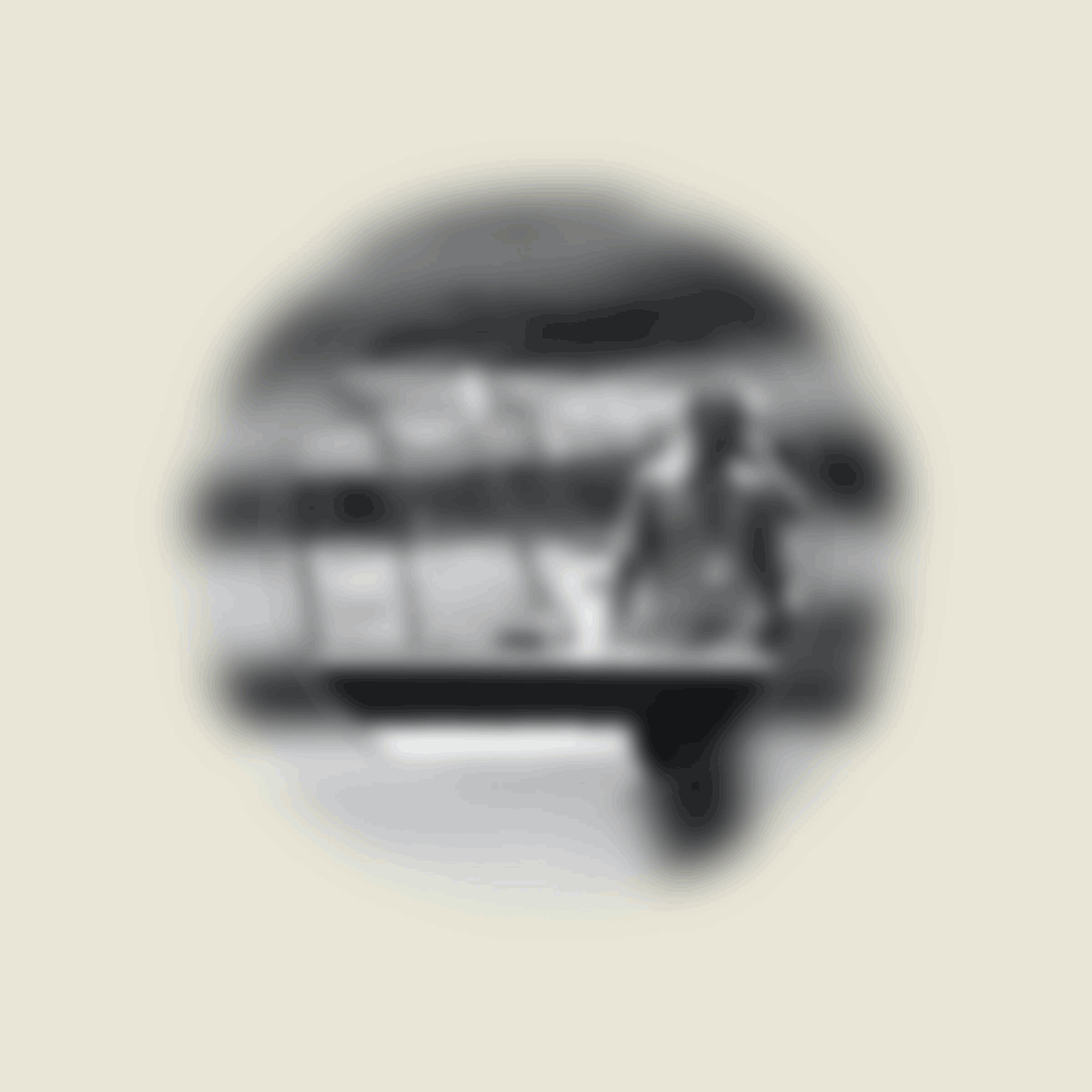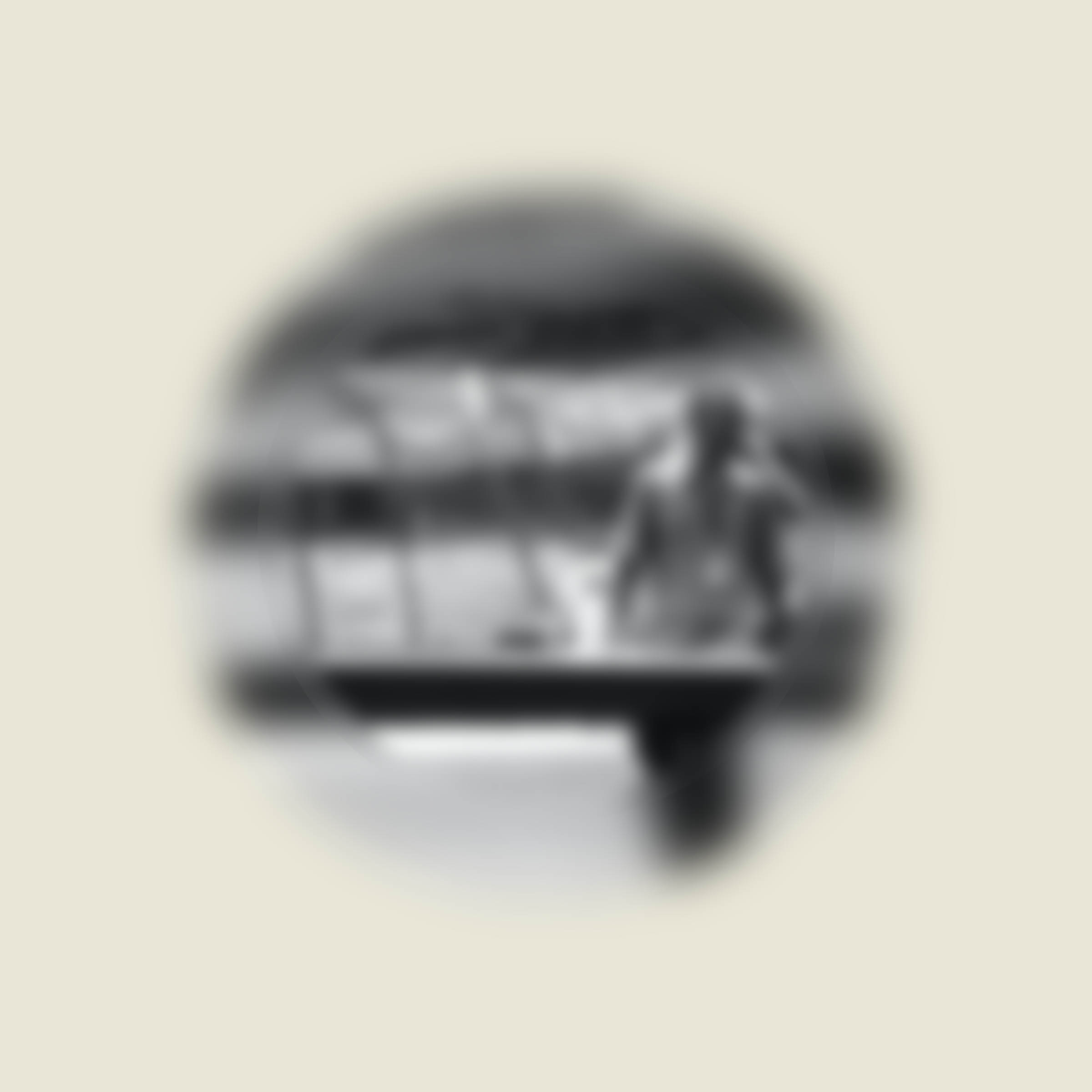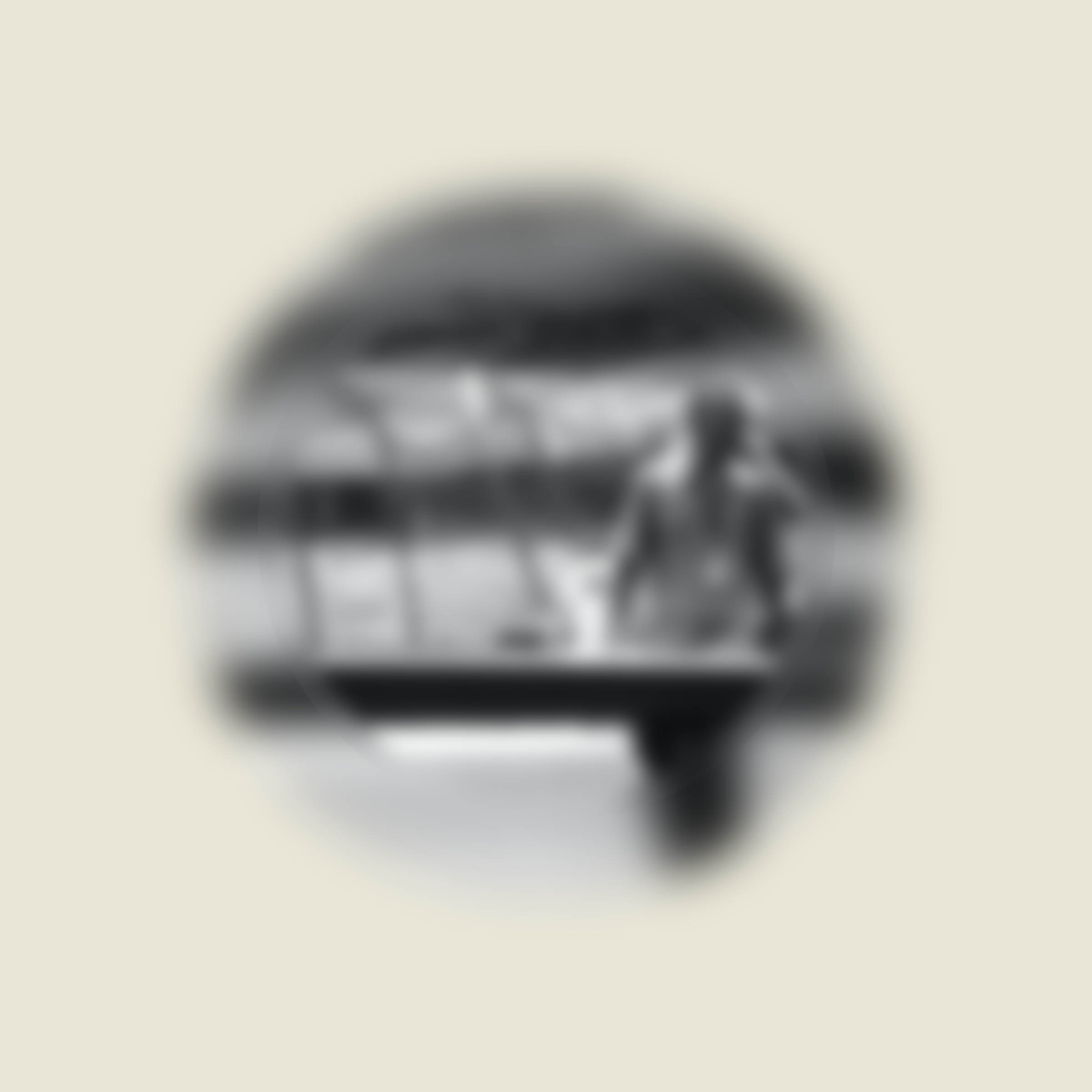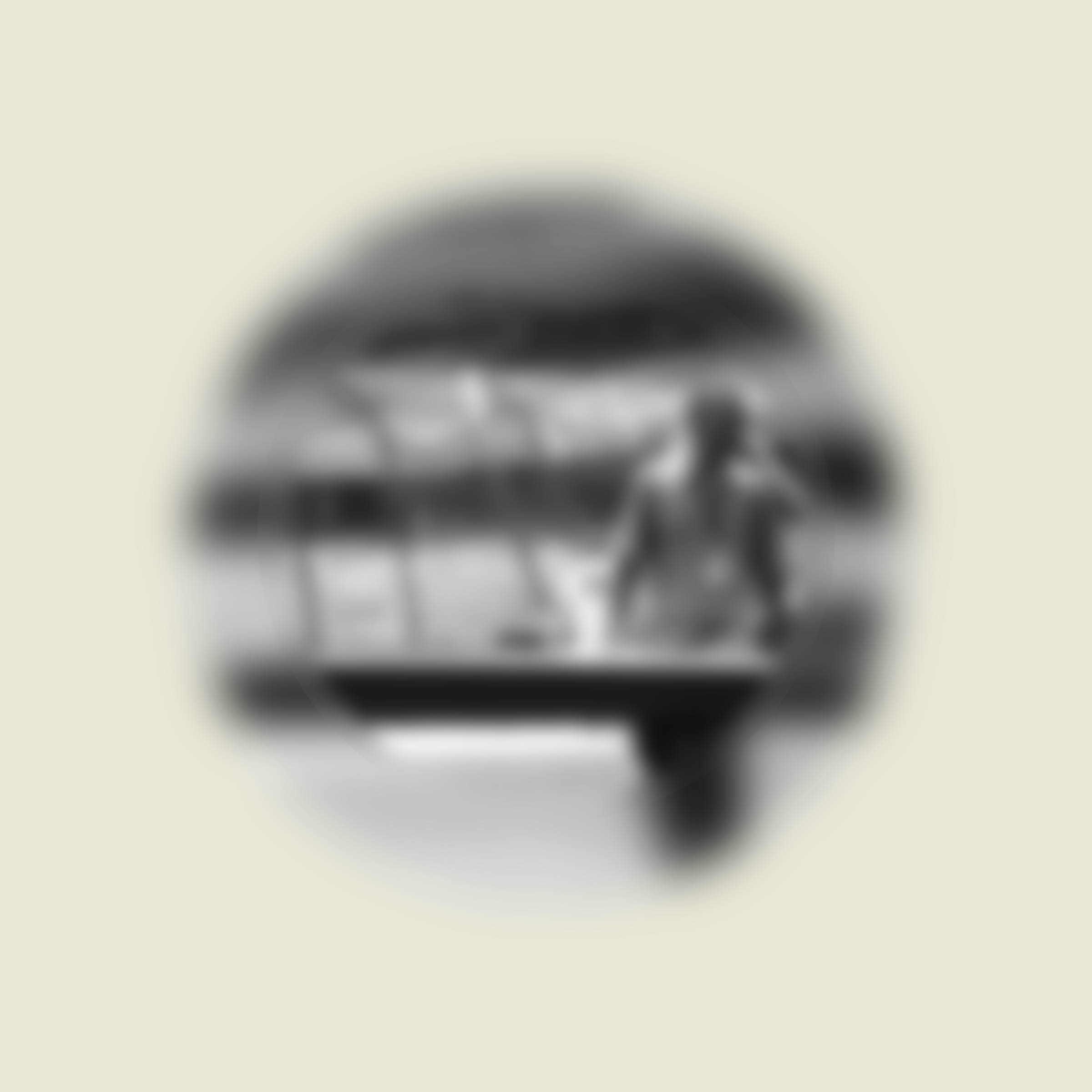Specially tailored for Bronx Banter, dig this awesomeness from our man Craig Robinson:
Our Men in Mexico
Our pals Eric Nusbaum and Craig Robinson were on hand for the Caribbean Series championship in Mexico. They’ve got a five-part series over at Sports on Earth.
Don’t miss it.
“I Expect to Be as Good as I Was”
Here’s Cliff, William Juliano, Craig Calcaterra, Andrew Marchand, and Jack Dickey on the return of Andy Pettitte.
[Picture by Craig Robinson; featured image by Larry Roibal]
Bronx Banter Interview: Craig Robinson
There are a ton of baseball blogs but few that are truly original. Josh Wilker’s Cardboard Gods is one, Batgirl’s old Twins blog was another. And then there is Flip Flop Fly Ball, by the British graphic artist Craig Robinson. Craig’s site has been a wonder for years but now he’s published his first book, a must-have for any baseball fan. I recently had a chance to rap with Craig about the book, his site, and baseball.
Dig:
Bronx Banter: You are from England and yet you have a great love for baseball. What are your first memories of the game?
Craig Robinson: I guess the first memories were from movies. You might not notice it in the States, but to us non-Americans, baseball is noticeable because it is referenced so often. Players will be mentioned, TV screens will be showing games, baseball terminology is used. As for an actual first memory, it was being on the subway from Midtown up to the Bronx, being surrounded by pinstripes and blue caps; the atmosphere outside of the ground along River Avenue, and once inside the ground being a bit perplexed by the national anthem being played. (In British soccer, the anthem is only ever played at international games and at the FA Cup Final.) I went with a couple of NY-based colleagues, and as soon as the game began, I was peppering them with questions. My biggest memory, though, was being amazed at how fast the pitchers were throwing.
BB: Which baseball movies did you see?
CR: My favorite is “Sugar.” Really loved that movie. “Pride of the Yankees,” “The Sandlot,” “Bang the Drum Slowly,” “Field of Dreams,” “The Rookie”. They all tend to at some point find their way onto my screen when I’m tired and hung over on a Sunday. The baseball references I remember most are from Seinfeld, actually. Keith Hernandez spitting, Joe DiMaggio dunking his donuts, and George Steinbrenner in general.
BB: Oh, man. So what did you learn about American culture from them?
CR: I think the movie references just show how ingrained the sport is in American life. And on a personal level, the sentimental talk of fathers and sons is something I can never recapture. I missed out on that because my parents fucked without contraception on an island on the other side of the Atlantic. And, although this doesn’t really answer the question, I’ve learned a lot about American people because of baseball. Without doing any real research, I imagine there’s been a love/hate relationship with Americans since soldiers were stationed in the UK during the Second World War. All my life, Americans have often been portrayed as fat tourists in check pants mispronouncing London landmarks. And in recent years as a bully throwing its weight around in the world. And I feel there’s a level of anti-Americanism in Europe. The great thing that baseball has given me is the chance to talk to people from outside of New York. The first non-Yankee or Met game I went to was in Philadelphia, and on the subway platform, I asked a guy if I was on the right side to go to the ballpark. We got chatting, he gave me a can of beer in a brown paper bag, and we had a great conversation all the way to Citizens Bank Park. I’ve had nothing but good experiences with American people in their cities. When they wish me a good time in their city, state, country, they really sound like they mean it, and I absolutely adore that.
BB: Don’t British boys have a father-son connection through soccer or ruby, boxing or cricket?
CR: I guess some must do, yes. Nobody in my family was that interested in sport. Yes, we’d kick a football around, but it wasn’t any passing on of knowledge or anything like that.
BB: Did you follow or play cricket as a kid?
CR: I was terrible at cricket. Couldn’t do the bowling action smoothly at all. It was all soccer for me. I mean, we had to play soccer, cricket, and rugby at school, but I never cared for cricket or rugby. Since the new 20Twenty format came about, though, I’ve gotten a tiny bit more enjoyment out of watching it.
BB: Was baseball made fun of when you were growing up as the men’s version of rounders?
CR: Yes. There wasn’t even the “men’s version of” at the start, a lot of British people simply refer to it as “bloody rounders.” And I quite likely did that, too. I don’t want to generalize too much, or do my countrymen down, but when it comes to American sports, we tend to be quite snobby about it. As soon as the topic comes up, someone will mention the amount of commercial breaks. And fail to see the irony that the sports we watch feature uniforms with advertising on the front. I mainly think, though, that the time difference makes it hard for British people to get into American sports. It takes a willingness to give it a go, and then a willingness to stay up til gone midnight on a Sunday to watch a football game.
BB: What is it about baseball that you found attractive?
CR: The aesthetics plays a big part. I love the uniforms and the ballparks. I love that it’s so simple: whites at home, grays on the road. I love that the game is orderly for the most part. Pitcher throws ball, batter tries to hit ball, fielder catches or throws the ball, while the batter runs. The elegance of a good double play is pretty much my favorite thing in sports. This is also where the Yankee fan in me comes out, but I love how simple both the uniforms are. They’re beautifully elegant. I love that they look like gentlemen in their uniforms, wearing long trousers; not looking like overgrown children in shorts. I love the lack of advertising on the uniforms. The unique ballparks are such a joy, too. It amuses me to think of future civilizations who discover ancient baseball fields and texts, how they’ll be baffled that a game with such a dizzying amount of statistics, everything measured perfectly is played in parks which are of different dimensions. And the aesthetics inherent in the game’s strong ties to its past. Almost from the off, I could read as much about Gehrig or Mantle as I could about Cano or Jeter.
BB: Other than the uniforms, why the Yankees?
CR: Really, it shouldn’t have been that way. It was an accident of the schedule that they, not the Mets were at home when I was on my trip to NY in 2005. And to come to the game fresh and root for the biggest, most successful team is, I can see, kind of crass. I can try and justify it in many ways. As a European living six hours ahead of Eastern Time, it would’ve had to have been an East Coast team; it would’ve had to have been in a city where I would want to repeatedly visit. But most of all, it’s simply that I fell in love with baseball that night, and on that night, baseball was Yankee Stadium and the Yankees.
BB: Did you ever watch a game before you went to Yankee Stadium?
CR: Only on TV. That was what prompted me to go to a game. I was in NY on business, so caught a few innings here and there of Yankee and Met games on TV. It made no sense, the commentators made no sense, but I was intrigued enough to want to find out what was going on. The first game I saw live was July 27, 2005. Twins 7, Yankees 3. Johan Santana got the win, Al Leiter the loss.
BB: When you started watching games and learning the rules how did you teach yourself what was going on?
CR: I kept notes, and this is how the site started, really, made maps and charts, just to remember things like which teams were where, and where they used to be. It sounds silly, but playing MLB: The Show on the PSP helped a lot too. I had no opportunity to learn the rules by playing the game, but playing a video game version was a decent substitute. Even then, it took me about six months to realize runners had to tag up on sac flies!
BB: Do the numbers, the stats, appeal to you at all?
CR: Not particularly, it just was something that had to learn about to be able to properly appreciate players, and I enjoyed learning about statistics. I’m not really deep into it, I pick and choose what I want to read. I mean, obviously I don’t care about wins, saves, or RBIs particularly. But I’d say I only really look at 10% of what Fan Graphs does.
BB: Can you talk about your interest in the visual arts? What led to your career as a graphic designer? Did you read comics growing up, Judge Dredd and all that?
CR: This is where the father-son connection comes in. My dad was an architect. He wasn’t Frank Lloyd Wright or anything, but he did pottery and even some string art and macramé as hobbies (it was, of course, the 1970s). I always enjoyed drawing as a kid, did a lot of it at school, and then went to art school to study three-dimensional design and university to study jewelrey. I think the things I learned from education were incidental, and mostly, I learned what I didn’t want to do. It was only when, as a working man, I continued drawing, making sketchbooks, and early computer drawings that I realized the greatest talent I have is to kinda do fun stuff. I would love to be Mark Rothko or Yves Klein, but my brain doesn’t work that way. And it was doing the fun, silly stuff in the early days of flipflopflyin.com that lead to me getting a couple of freelance jobs, and then moving to Berlin to work for a web design company. When I left there, I continued freelance illustrating. And still do. I was never really that big into comics. The only ones I read regularly were The Beano when I was pre-teen, and as a teenager, Oink! and Viz.
BB: The sense of fun is integral to your work. Were you a big fan of comedy? Did your father hip you to the Pythons, Beyond the Fringe, or the Goons?
CR: Yeah, comedy is one of those things that I think the British do very well. Monty Python was on TV a lot, and more primetime stuff like The Two Ronnies, Morecambe and Wise, and Les Dawson. When the Young Ones and Blackadder came along, that kinda sealed it for me and I think a lot of my generation. I still notice it in the way people of my age talk, we’re so influenced by the way Ben Elton and Richard Curtis wrote for Blackadder. A whole generation of people who use the word “thingy” a lot.
BB: So saying you like The Goons is like saying you like Charlie Chaplin, right? Hey, did you know that Benny Hill was a very big show over here in the States in the ‘70s and early ‘80s? Used to play it on Channel 9 in NY late night. The Young Ones were on MTV.
CR: Ha ha! I do like Buster Keaton! For me the Goons was just one step removed from where humor was at. I watch it now, and totally appreciate it, but back then, with TYO and Blackadder, things had gotten a bit more, for want of a better word, punk in its attitude. Yeah, Benny Hill’s popularity in the US is one of those weird things that I don’t really understand. I was never really a fan, although I loved the Carry On… films, which were full of smut and innuendo. Proper British silliness. For example:
BB: That’s classic. So, you’ve done your site for several years. How did the book come about?
CR: I was very lucky; a literary agent Farley Chase got in touch with me about a week after the site went online. He liked the site, we had a meeting, and worked on a proposal. I’d also had contact with Pete Beatty, an editor at Bloomsbury, and while the proposal was being put together, he and I separately were having a continual email discussion about all sorts of stuff, mostly baseball, but we got on very well, so it was great that we ended up working together on the book.
BB: What was it like seeing images that you designed for a computer screen on the page?
CR: I’ve kinda gotten used to it over the years. Illustration being my day job, I’m used to seeing computer drawings printed in magazines and newspapers or in a couple of cases, on billboards. I am used to it, but the thrill never goes away. There is something nice about being able to flick through pages and see the colors. And especially for some of the more complex chart, they’d be difficult to fully appreciate on
screen.
BB: Did it change the nature of any of them? I know when I’ve done drawings or small paintings and then made bigger versions of them, the change in dimensions alters everything about the picture.
CR: Not really for the infographics, but certainly for the drawings. Especially the drawings made with the Brushes app, a fantastic painting tool for the iPhone, iPod touch, and iPad. They definitely feel more real printed in the book. I do some pictures by hand, but not that many. Those tend to be more sketchy/doodley. Since getting that app, I’ve found that I don’t really keep a sketchbook with me as much as I used to, cos I can do everything I want to do with my iPod.
BB: Do you ever worry about running out of ideas?
CR: I don’t. Over the years I’ve gotten used to those dry spells, but that’s the joy of the creative rainy seasons: there are always ideas backed up that I’ve not had time to use.
BB: Has the book changed your approach to your work?
CR: I don’t think it changed things that much. It did free me up to do a couple of the more detailed and large charts, because of the restrictions of screen sizes. And, yes, it’d be great to do it more than once, if only because it will mean that the first one was a success!
BB: Sweet. Just a few more, back to baseball. Since you started following it have you gone deeper into the game with each passing season or has some of the appeal worn off on you yet?
CR: Every passing season reminds me of how little I knew the previous season. When friends talk about some 80s reliever or first baseman, I’m at a loss. There’s so much I don’t know, that it hasn’t had a chance to wear off. And the last two seasons have been the first seasons where I have watched a team in the ballpark regularly. I enjoyed getting to know the Blue Jays last summer, and similarly, have enjoyed the Diablos Rojos del México this summer.
BB: Is there a particular period or decade that you are especially drawn to?
CR: Watching the Ken Burns thing, I very much enjoyed the dead ball era stuff, and from an aesthetic point of view, I like the 60s and 70s.
BB: What turns you off about the game? Both historically and currently?
CR: The color barrier, obviously. I don’t enjoy the moralistic outrage about steroids. It’s not just a baseball thing, but I wish homosexuality wasn’t just something that is ignored. The Indians logo, the Tomahawk chop. Taxpayers paying for ballparks is obscene. And, maybe it’s because I’m not American, maybe it’s because I’m not a patriotic person (I don’t see why I should be any more proud of an English person doing something great in sports or life than a German, Mexican, Chinese person doing those things); but the anthem, God Bless America, and militarism makes me a like uncomfortable. And I have absolutely no interest in anything Ty Cobb ever did on the field, because he seemed like what can only be described as a despicable human being. He’s where I put an asterisk. I’m quite sure there were other hideous baseball players, but he’s the one I’ve taken a particular dislike to. I wish MLB and the Hall of Fame would stop seeing themselves as moral guardians. And, quite frankly, a posthumous Hall of Fame entry for Marvin Miller would be disgraceful. They need to sort that shit out now before it’s too late.
The book is out now. Buy it at a store. Or a place like this.
Friday Night Fun
Yanks out in Seattle tonight to face Ichiro and the M’s.
Cliff has the preview; we stay up late and root:
Let’s Go Yank-ees!
[Photo by Manny Pencils via Flip Flop Fly Ball]
Super Fly
If you are not checking Craig Robinson’s Flip Flop Flyin’ on the reg…
…well, this is a reminder: peep, dont’ sleep.
--Earl Weaver























